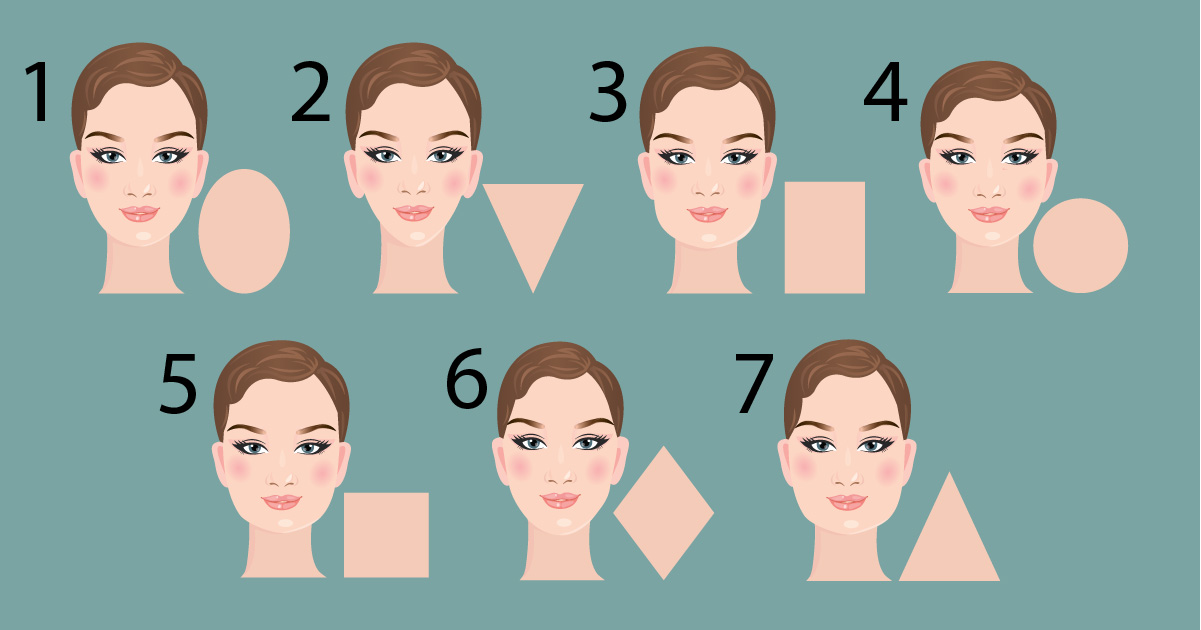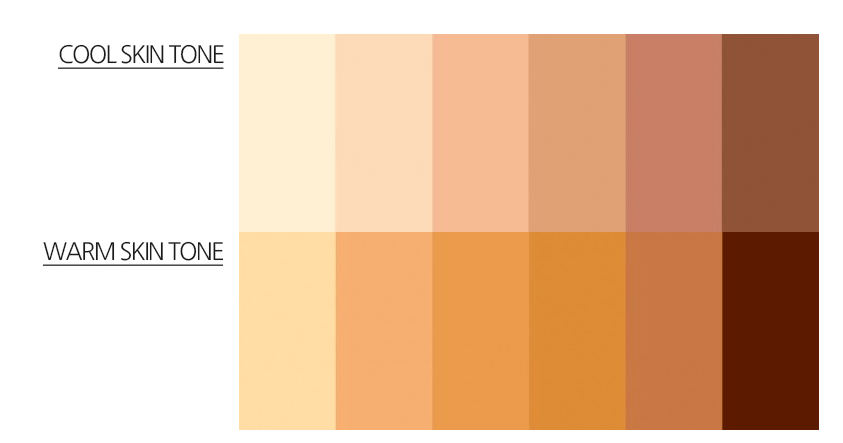Picking a pair of frames can be stressful and overwhelming. There are thousands of options… how do you know which ones to go for?
The best way to narrow down the selection process is by being informed on what frame styles will look best on your face shape and skin tone.
Face Shape
- Oval: Your face has a strong natural symmetry.
- Frames that have a strong bridge and are geometric or walnut shaped complement the oval face-type best. Look for options that extend past the widest point of your face.
- Avoid frames that are really heavy or bulky looking, or that cover more than half of your face. These types of frames will minimize your natural symmetry.
- Base-Up Triangle (Heart Shaped): The top-third of your face is very wide and the bottom third comes to a smaller point
- Frames that are bottom heavy and draw lower on your face, like circular frames, accentuate your cheekbones and balance the different weights of your face
- Avoid frames that go above your eyebrows or anything that accentuates the forehead, like jewels on the temples or embellishments on the tops of your frames.
- Oblong: This face shape is longer than it is wide and tends to have a long, straight cheek line. Sometimes oblong faces also have a longer nose.
- Find frames that have more depth than width to balance out the symmetry of your face. In addition, frames that are embellished or decorative on the temples and have a low bridge will shorten the appearance of your nose.
- Avoid frames that are short or shallow, and frames that span the entire width of your face.
- Round: This face-type is curved all the way around and has no hard lines or edges. The length and width of your face is proportionate.
- Look for rectangular or square frames that are wider than your face or thinner and angular frames. Both these frame types will offset the roundness of your face and will make your face appear elongated and thinner.
- Avoid frames that are rimless or circular. Any rounded shape in a frame will accentuate the roundness of your face and make it appear rounder.
- Square: This face type has a strong jaw line and a square forehead, and the length and width are the same proportions.
- To make your face appear longer and to soften angles, try narrow oval frames, wider frames with a shallow depth, ones that sit high on the bridge of your nose.
- Avoid angular and square frames. These will draw attention to the angles of your face and make your face appear more harsh.
- Diamond: These individuals have the rarest face shape have narrow eyes and jaw lines, and tend to have higher and more pronounced and dramatic cheekbones.
- Find frames that are go past your cheekbones to accentuate your narrow forehead and jawlines; frames can have distinct brow lines and can also be rimless.
- Avoid frames that are boxy or thin. These frames will make your cheeks look wider.
- Base-Down Triangle: People with narrow foreheads and have a wider chin and jaw.
- Frames that have details on the top and are more delicate or rimless on the bottom will help balance the shape of your face.
Skin Tone:
All skin tones fall into one of two categories. Frames will complement you best if you choose colors that fall into the right complexion tone.
- Cool Complexion: blue or pink undertones, including olive skin
- Silver, black, grey, blue, purple, pink and dark tortoise are the best choices for this skin tone.
- Steer clear of colors that will wash you out.
- Warm Complexion: has yellow undertones, bronze or golden complexion.
- Olive-colored frames, light tortoise, gold frames, or brown tones will be the most flattering
- Stay away from black or white frames, as well as pastels
Face shape and skin tone are the major elements when choosing frames. You can also choose frame colors that accentuate your eye and hair color as well.
At Pittsburgh Eye Associates we have trained opticians who can not only assist you with the selection of your glasses but also help you with making sure that the frames you pick will be appropriate for the type of lenses you need. In addition, we will make recommendations for special coatings, thin lens options, lifestyle considerations, and much more.


